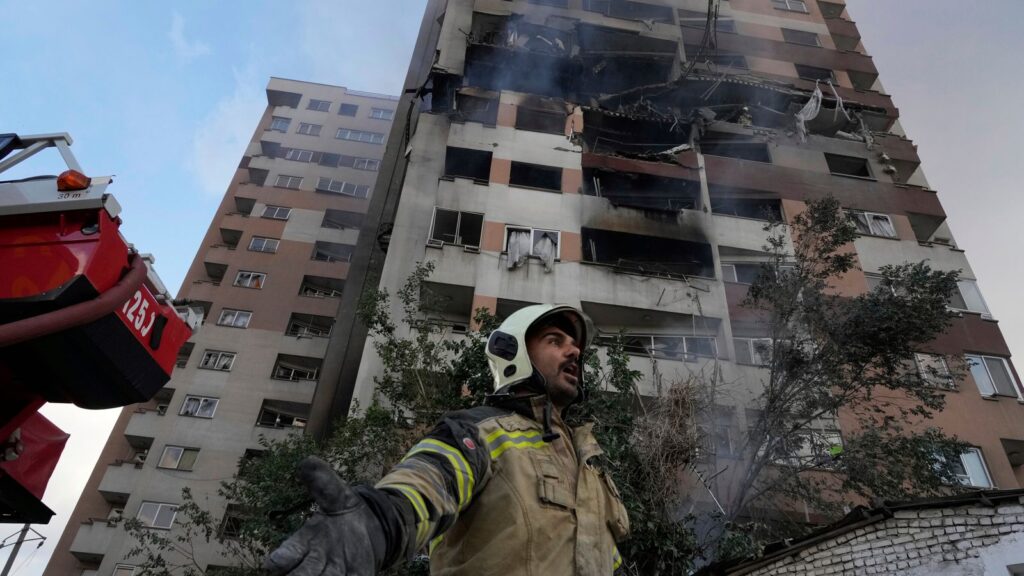The Middle East has plunged into its most dangerous crisis in years after Israel and Iran exchanged unprecedented direct military strikes, marking a dramatic escalation in their decades-long shadow war. The confrontation began on June 10 when Israeli F-35 stealth fighters launched precision strikes against Iran’s nuclear facilities in Isfahan and Natanz, targeting uranium enrichment centrifuges with bunker-busting munitions. This was followed on June 11-12 by Iran’s retaliatory barrage of over 300 drones and ballistic missiles – the largest such attack in history – with projectiles fired from Iranian soil, Yemen, and Syria. While Israel’s Iron Dome intercepted 95% of incoming threats, the attacks have shattered the longstanding “unwritten rules” of their conflict, which previously relied on proxy forces and covert operations. The White House has confirmed active U.S. mediation efforts, but with Tehran vowing “a generation of revenge” and Prime Minister Netanyahu warning of “unlimited response capabilities,” the region now faces its gravest threat of all-out war since the 1973 Yom Kippur conflict.

Key Developments:
1️⃣ Israel’s Opening Strike (June 10)
- Targeted: Fordow underground enrichment plant & Isfahan reactor
- Weapons: U.S.-supplied GBU-57 bunker busters + indigenous “Jericho” missiles
- Casualties: 7 Iranian nuclear scientists reported dead
2️⃣ Iran’s Retaliation (June 11-12)
- Arsenal: 120 ballistic missiles + 180 Shahed drones
- Launch Sites: Iran proper + Houthi-controlled Yemen
- Interceptions: 97% by Israel’s multi-layer defense systems
3️⃣ Global Fallout
- Oil: Brent crude spikes to $128/barrel (highest since 2022)
- Markets: S&P 500 drops 3.2%, safe havens surge
- Diplomacy: Emergency UNSC session convened
Why This Is Different:
- First Direct State-to-State Attacks (No more proxy warfare)
- Nuclear Sites Targeted (Escalates to existential threats)
- U.S. Forces on Alert (Carrier group deployed to Persian Gulf)



